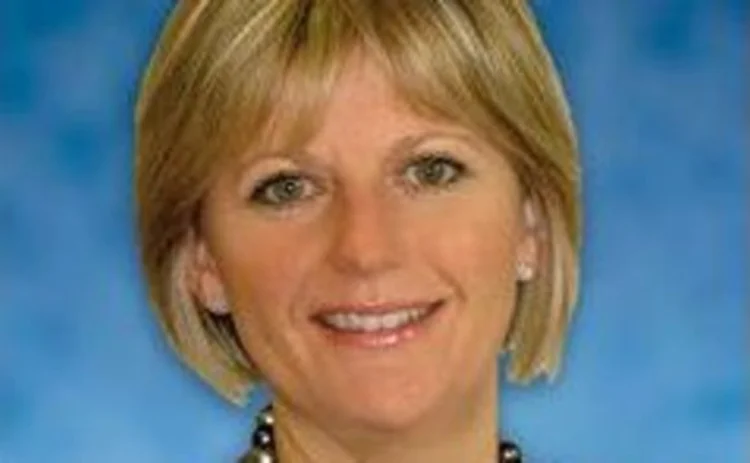
Betting on basis
Large offshore capital raising efforts by Australia’s banks and a relative dearth of activity in the kangaroo bond market has led to a significant widening in the cross-currency basis swap. This imbalance has created a large profit opportunity for fund managers. But can the party last? Wietske Blees reports

It has been a rollercoaster couple of years for the Australian cross-currency basis swap (see box, opposite), which has ripsawed to unprecedented levels primarily as a result of large irregular capital dislocations during the global financial crisis. On October 10, 2008, a shortage of US dollars, coupled with major rehedging of Japanese power reverse dual currency (PRDC) notes, caused the five
Only users who have a paid subscription or are part of a corporate subscription are able to print or copy content.
To access these options, along with all other subscription benefits, please contact info@risk.net or view our subscription options here: http://subscriptions.risk.net/subscribe
You are currently unable to print this content. Please contact info@risk.net to find out more.
You are currently unable to copy this content. Please contact info@risk.net to find out more.
Copyright Infopro Digital Limited. All rights reserved.
As outlined in our terms and conditions, https://www.infopro-digital.com/terms-and-conditions/subscriptions/ (point 2.4), printing is limited to a single copy.
If you would like to purchase additional rights please email info@risk.net
Copyright Infopro Digital Limited. All rights reserved.
You may share this content using our article tools. As outlined in our terms and conditions, https://www.infopro-digital.com/terms-and-conditions/subscriptions/ (clause 2.4), an Authorised User may only make one copy of the materials for their own personal use. You must also comply with the restrictions in clause 2.5.
If you would like to purchase additional rights please email info@risk.net
More on Risk management
Review of 2025: It’s the end of the world, and it feels fine
Markets proved resilient as Trump redefined US policies – but questions are piling up about 2026 and beyond
BofA urges horizontal CCP fix after CME outage, others demur
Analysts say clearing meltdown bolsters case for futures-for-futures exchange with FMX
One in five banks targets a 30-day liquidity survival horizon
ALM Benchmarking research finds wide divergence in liquidity risk appetites, even among large lenders
Bank ALM tech still dominated by manual workflows
Batch processing and Excel files still pervade, with only one in four lenders planning tech upgrades
Many banks ignore spectre of SVB in liquidity stress tests
In ALM Benchmarking exercise, majority of banks have no internal tests focusing on stress horizons of less than 30 days
Quant Finance Master’s Guide 2026
Risk.net’s guide to the world’s leading quant master’s programmes, with the top 25 schools ranked
ALM Benchmarking: explore the data
View interactive charts from Risk.net’s 46-bank study, covering ALM governance, balance-sheet strategy, stress-testing, technology and regulation
Staff, survival days, models – where banks split on ALM
Liquidity and rate risks are as old as banking; but the 46 banks in our benchmarking study have different ways to manage them







